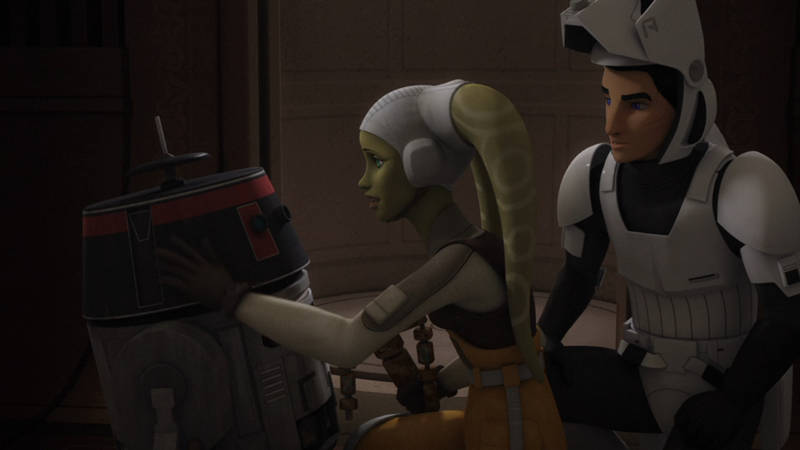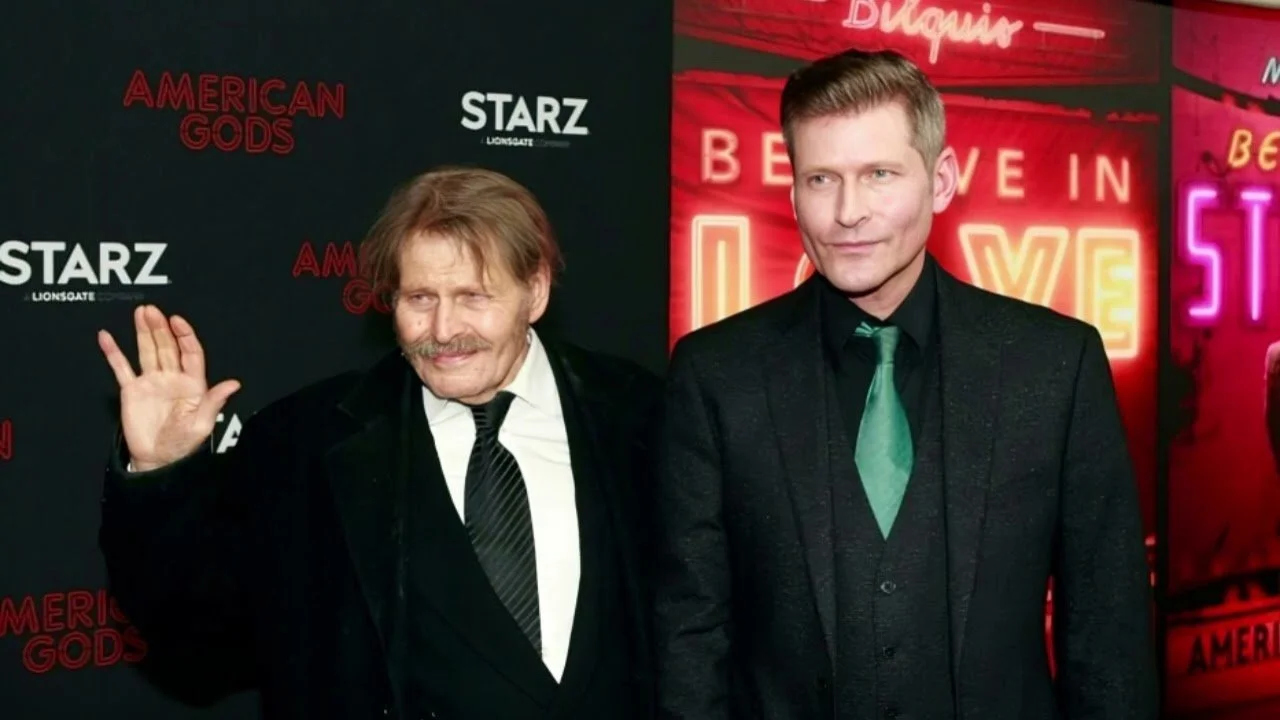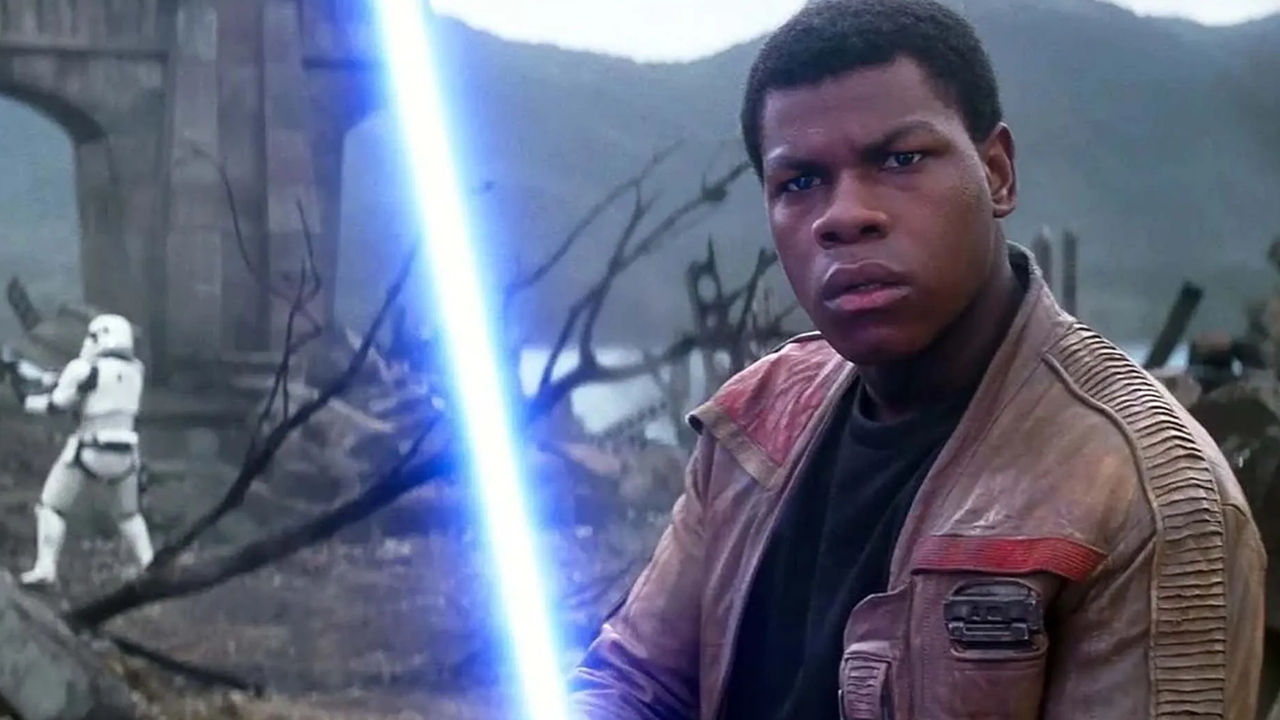A Retrospective Look At 'Star Wars Rebels' 10 Years Later
Image Source: Disney+
After five years of The Clone Wars, it was time for a change. In 2013, it was announced that the production would be winding down in place of a new series. Not long after that news, that new series was named. Star Wars Rebels would focus on a ragtag group of rebels in the time of the Empire. From the first episode to its last, the Ghost crew was the focus from which we saw the Rebellion grow. That focus is how these characters became so beloved.
Ten years later, there is still a lot of fondness for Hera, Sabine, Zeb, Ezra, Kanan, and especially Chopper. And such fondness comes from the strength of their stories. The grandness of the finales and how the episodes built to them. When that fourth season brought the action back to Lothal, ending the series where it had begun, the impact of all that happened during it, including one of the greatest Star Wars moments of all time, was all thanks to the development the Ghost crew shared. The bond that held them together.
RELATED:
The master and padawan bond between Ezra and Kanan is one Star Wars Rebels explored throughout all four seasons. Such a bond is also tied into Ezra’s growth regarding acceptance that he can never see his parents again. The relationship between Kanan and Ezra is tested plenty of times during the series against Inquisitors, Vader, and even Maul. Who proved to be the greatest of tests for the two. Even in the end, the bond endures, with Kanan’s lessons and their shared experiences keeping Ezra on the path of protecting those he loves.
Image Source: Disney+
Sabine had little focus in the first season, but the seeds were there for what would develop. The reason why she was with the Ghost crew. Sabine’s story ties into the history being built up around Mandalore, of Mandalorian culture, and how the Empire exploited it. Her new family of the Ghost crew helps her to overcome her past, allowing her to start fixing the consequences of her past actions. The darksaber entering the picture during season three makes way for one of the best character-focused episodes of the series, too.
Zeb was part of the Honor Guards of his people, the Lasats. The Empire tore through the planet they lived on, with Zeb living with guilt at failing to protect his people. Early on in the series, he forms a grudge against Agent Kallus, who takes pride in being part of the attack. Zeb’s overall focus might be small, but learning he has nothing to feel guilty for and later coming to an understanding with Kallus provide a few good episodes for them both. Particularly in season three when that understanding opens Kallus’ eyes.
Hera shares much the same story as Sabine, except it isn’t her actions that drove her away from her family. Rather, her dad’s actions became so extreme that she ran away. But Cham Syndulla has been fighting against oppression since the Clone Wars. He wants the Empire gone for good. Though only a few episodes of focus, there’s still a great amount of character interaction seen among them. Hera’s main focus is on keeping her new family of the Ghost crew together, being understanding of their issues. Keeping them fighting for another day.
Image Source: Disney+
Chopper might be an astromech droid, but he has so much personality. There’s no real arc for Chopper, but this menace to society with a heart of gold will mess you around but protect you when needed most, as he has done countless times for Ezra and the rest of the crew. Even Hera, who technically owns him. Chopper provides plenty of fun throughout the series with his antics to the point the whole dynamic of the Ghost crew would be changed without him.
Familiar characters filter into the series throughout its four seasons. Early on, there’s C-3PO, R2-D2, and Bail Organa, who is secretly using the two droids to hunt for potential rebel recruits. Lando Calrissian brings his smooth-talking self to Lothal, establishing himself a smuggling base in a time before he wins himself the administration of Cloud City. Hondo Ohnaka, that loveable pirate, also finds himself among the adventures of the growing Rebellion.
An interesting note about all these characters is that they don’t feel included for the sake of it. They all have a reason to be here. Sure, the argument could be said for some that new characters would have been just as good. But where Rebels is placed on the timeline of galactic events means such inclusions work. Builds onto the characters we’re already familiar with, or in the case of Ahsoka, Rex, and Vader, further stories already in motion.
Image Source: Disney+
That same feeling also holds true for the music. There are plenty of original tracks composed by Kevin Kiner and other contributing musicians that amplify the action or mysticism in episodes. But then comes John Williams’ themes to build familiar connections to the era. Connections to events and characters of the original trilogy. All while blending perfectly with those original compositions.
The visual style of the series might have seemed a downgrade compared to The Clone Wars. But it worked to differentiate it from that previous series, giving Rebels its own visual identity. Basing that visual style on Ralph McQuarrie's concept art allowed for some great establishing shots that could easily have been work that McQuarrie created. The series also produced some outstanding visual moments across its four seasons, such as forcefully leaving hyperspace.
Star Wars Rebels was a lovely watch when it was first airing, and it still is even ten years from that first episode. And on a rewatch, knowing the events to come, knowing how things end, a new appreciation can be had for how the story builds. How certain interactions feed into events to come. With Ahsoka continuing the story of the Ghost crew, this tenth anniversary makes for a great time for a rewatch of Star Wars Rebels.
READ NEXT:

















